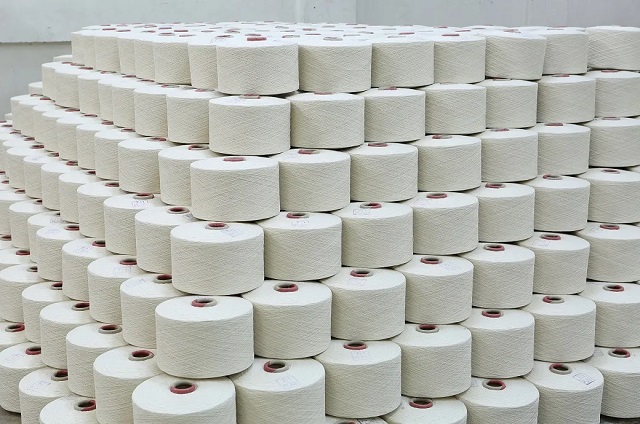South Indian cotton yarn markets held steady this week amid tepid domestic demand, while a softer Indian rupee buoyed export sentiment.
• Stable prices in key hubs
Tiruppur and Mumbai maintained largely unchanged yarn rates thanks to average order books from local mills and traders. Meanwhile, ginning margins in Gujarat remained under pressure, curbing spot cotton trade
• Weak domestic demand, synthetic pressure
Mumbai’s cotton yarn sales were lackluster, with some mills noting a preference shift toward synthetic blends among buyers . Overall, local demand continued to lag.
• Rupee depreciation lifts exporter morale
A depreciating rupee enhanced the competitiveness of Indian yarn in global markets, supporting export orders in Tiruppur
• High supply but supportive procurement
Despite weak domestic demand, mills operated close to capacity levels, bolstered by foreign orders and proactive intervention from the Cotton Corporation of India (CCI), which has procured approximately 8.6 million bales to steady prices. CAI revised down cotton production estimates this season to around 301.25 lakh bales, nearly 8% below last year
Outlook:
South India’s cotton yarn segment appears locked in a holding pattern—domestic consumption remains sluggish while external demand, buoyed by currency advantages, offers a buffer. Continued CCI procurement provides a vital safety net against supply gluts. However, unless export momentum builds further or domestic consumption recovers, prices may stay range-bound.











